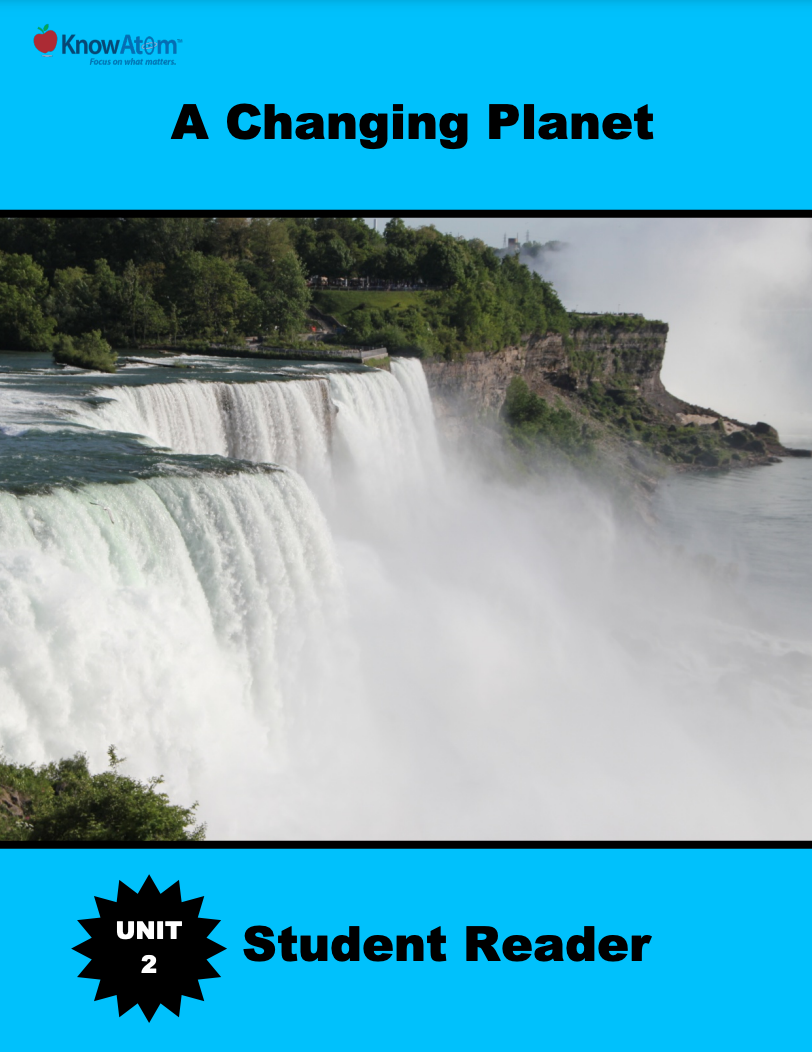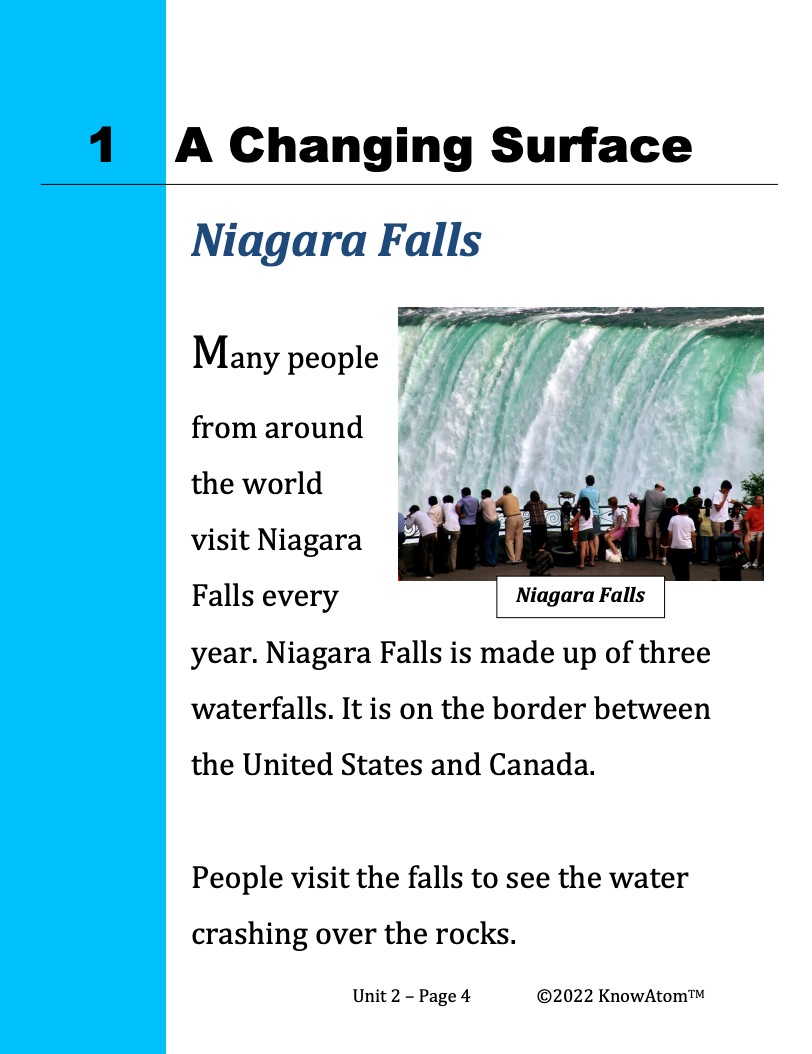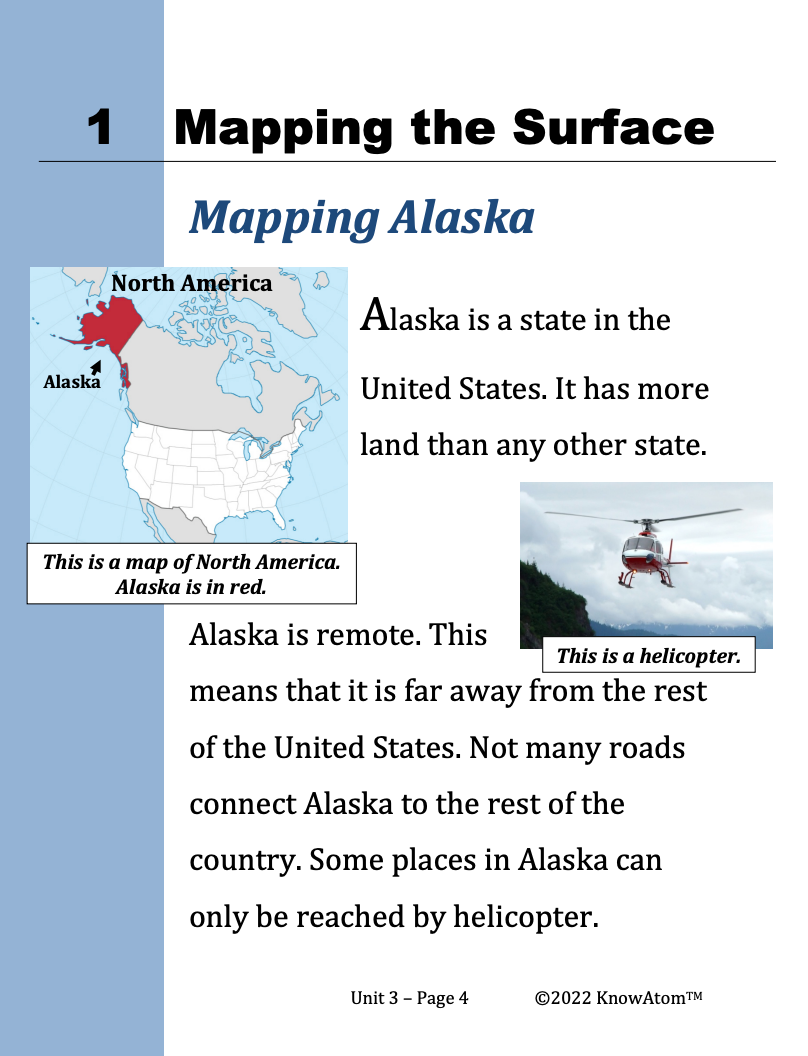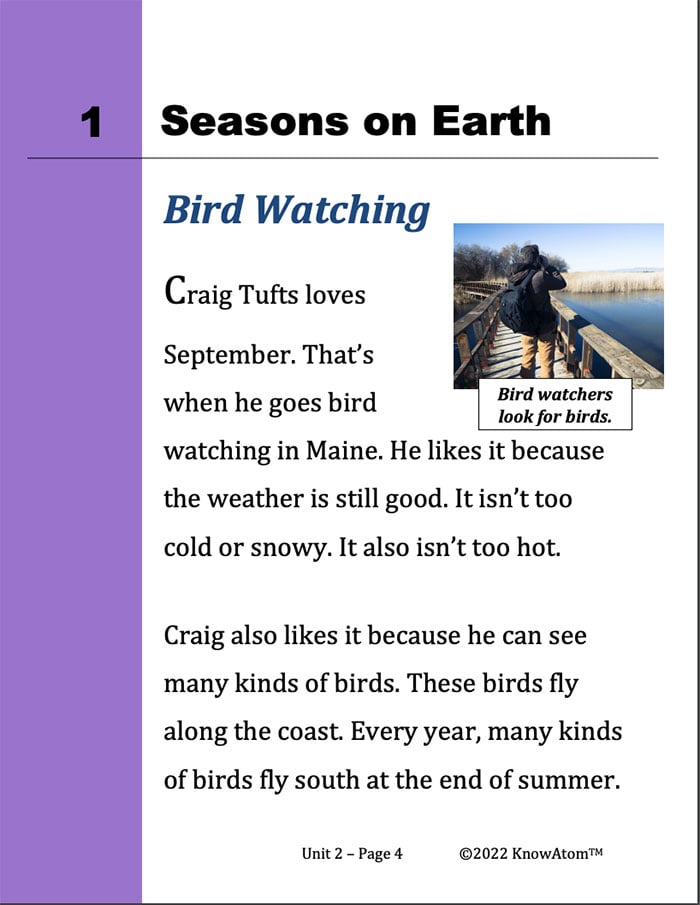
In the last unit, students explored the properties of different kinds of matter, connecting a material’s properties with the functions for which it is used. In this unit, students focus on Earth materials and the science phenomena of processes that change them (specifically weathering and erosion).

In this unit, students explore the science phenomena of different processes that change Earth’s surface over time. Once students have investigated how wind and water change the shape of the land, they use their scientific knowledge to engineer a solution that prevents rainwater from washing away a sandy hillside. This page showcases key components of this lesson.

In this unit, students explore the phenomena of Earth landforms and the water cycle. Once students have modeled landforms and created maps showing the shapes and kinds of land and bodies of water, students analyze how water moves over the land as it flows downhill because of gravity and cycles between solid and liquid depending on the amount of heat present.

In this unit, students investigate the science phenomena of seasonal patterns and water cycles. Once students have analyzed how seasonal patterns of sunrise and sunset can be observed and predicted, they focus on seasonal temperature and rainfall patterns. They investigate temperature patterns of a specific location throughout the year.
Standards citation: NGSS Lead States. 2013. Next Generation Science Standards: For States, By States. Washington, DC: The National Academies Press. Neither WestEd nor the lead states and partners that developed the Next Generation Science Standards were involved in the production of this product, and do not endorse it.
